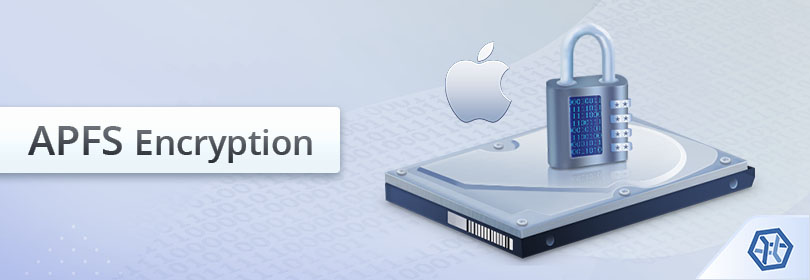- Added basic function of volume address translation to a file system file/folder and the offset inside;
- In RAID Builder: added tool to build 'a copy of RAID' - it allows to build several different configurations from the same source;
- Added support of older 3Ware RAID metadata format for automatic RAID construction;
- Added support of message activation in file copying message log:
- Activation of file-related event now opens container folder and selects the associated file;
- When events are automatically redirected to a file (due to log overflow), activation of redirection event record will open the log file; - In disk imager:
- Changed log format for better compatibility to forensic imaging (also included information about forensic bridge, imaging status etc.);
- Better handling and indication of image write errors; - SMART tool:
- Refresh operation is made asynchronous to prevent UI from freezing on long updates;
- Proper indication of SCSI 'not ready' status (including running FORMAT UNIT command); - Reworked file copying with replacement of 'unsafe symbols' (such as '/', '?' etc.):
- Under Windows: unsupported symbols on a source file system are changed to special Unicode symbols (macOS-style) on a target;
- Under Linux: all 'unsafe symbols', except '/' are now allowed;
- Under macOS: all 'unsafe symbols', except '/' and ':' are now allowed;
- When source file system contains macOS Unicode replacement symbols, they are changed to 'original' ones in the user interface; - Minor fix to ReFS3 file system (to support a variation of metadata format);
- Fixed bug with EFS-encrypted files, recovered with full-disk scan stage;
- Fixed bug scanning volumes with compressed files on NTFS;
- Fixed bug processing extended attributes on XFS file system;
- Legacy HFS file system: now displayed and preserved file creation/modification dates.













